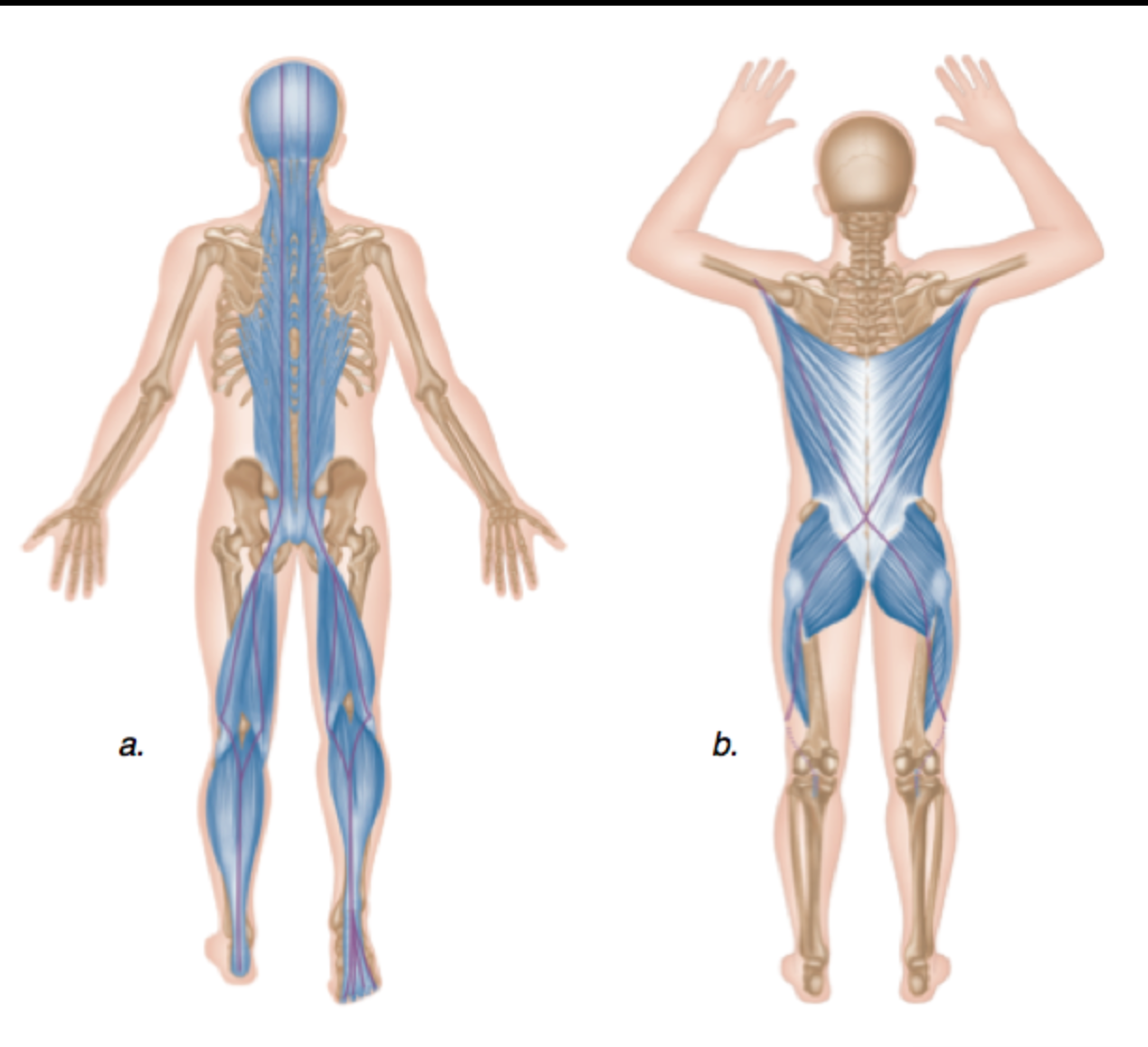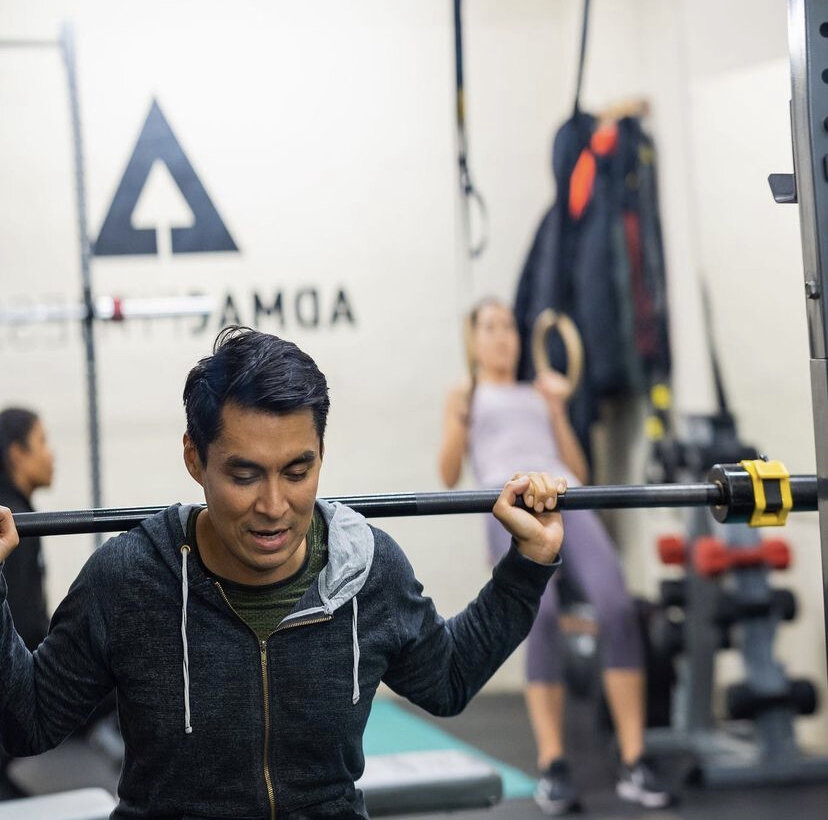Let’s make one thing abundantly clear from the start - fat loss is about calories in versus calories out. If you want to lose body fat, you absolutely have to be in a calorie deficit. It doesn't matter how this is achieved, but it has to be achieved in some way, lest you won’t be losing fat any time soon.
What we notice is that a lot of people eat well at meal times - they keep their protein intake high, their carbs appropriate to their activity levels and their overall calories on course. The issue comes from ‘hidden’ calories - their snacks.
If you’re not factoring in the snacks, even small additions can add up. A couple of daily snacks around the 250 calorie mark quickly adds up. Across the course of a week that adds an extra 3500 calories, which can be the difference between losing a lot of fat or staying exactly the same weight.
But there’s a conundrum…
Dieting is pretty hard work. It' makes you hungry, so it’s even more tempting to eat. in this case, snacking can be your best friend - as long as it’s done correctly. It’ll keep your hunger at bay and it’ll keep your fat loss goals on track by staying within your calorie target.
In this article, we’re going to look at a variety of snacking options and explain why they’re good choices.
Snacks to help you lose weight…
The following snacks are diet-friendly, health friendly and will help ease hunger whilst still helping you to achieve your weight loss goals…
Snack: Protein Shake (made with water)
Why it helps you to lose weight: Maintaining a good protein intake is essential at all times, but when trying to lose weight it takes on an even greater importance. Alongside the cell repair benefits, it also helps to keep you full, which staves off hunger. If it’s made with water it keeps the calories very low, and most protein powders contain vitamins and minerals so it’s an extra hit of those. It’s liquid so keeps you hydrated, which is another weight loss plus. For best results make your shake in a blender to make it extra smooth.
Finally, many protein shakes come in ‘sweet’ flavours, so you can make them more indulgent than they should be. Flavours such as After Eight, Birthday Cake, Chocolate fudge etc make them almost dessert like!
Snack: Chopped Vegetables (and a dip)
Why it helps you to lose weight: First of all, because it’s really low calorie (depending on the dip). It also helps you to increase your fibre intake, which helps to keep you full and makes you want to eat less later on. The huge vitamin and mineral hit increases your general health and wellbeing, plus the low sugar, low fat element of the chopped vegetables keep your mentally alert and stops you reaching for a sugar rush to perk you back up.
Go with chopped peppers, carrots, cucumber, celery and the like. For dips, look for low calorie hummus or yogurt-based dips.
Snack: Berries
Why it helps you to lose weight: Berries are low in calories and are very sweet, so they satisfy a sweet craving without tipping you into a calorie surplus. They’re also full of antioxidants and their vitamin profile is excellent, so they help with your wellbeing too. Another benefit is they’re high in fibre on account of their skin and seeds.
Berries also have a very high liquid content, so they blend very well and are ideal in smoothies. You can put a lot of berries in a smoothie and still not need to worry about your calorie intake.
Snack: Jerky
Why it helps you to lose weight: For those of you who like to follow a low carb diet approach, jerky is a great choice. It’s tasty, so feels like it should be a treat. It’s low calorie (depending on the brand - check the label) very high in protein and the fat content is generally low (again, check the label). By combining a winning trio of high protein, low carbs, low fat and low calories, it’s a great diet food option.
If you don’t eat beef, you can also look at turkey jerky. There’s even vegetarian and vegan options on the market as well now, so nobody is left out!
Snacks to help you lose weight - final thoughts
Snacking is there Achilles heel for many dieters, but by using these options you’ll keep your calories down and still benefit your health in numerous ways. It’s not easy being strict on yourself, but adding a little bit of pleasure into your diet makes the weight loss process so much easier.
The snacks in this list aren’t exactly chocolate, but they’re accessible, feel more indulgent than they are and all serve a purpose for both your health and weight loss goals.
If you’re looking for personal training in East London, get in touch…
At AdMac Fitness we’re not about fads, fashions and short term fixes. We want you to succeed properly over the long term, so with our help and advice you can get your fitness back on track! If you’d like us to help you, contact us on 07921465108 or email us at admacfitness@gmail.com. We look forward to hearing from you!








































